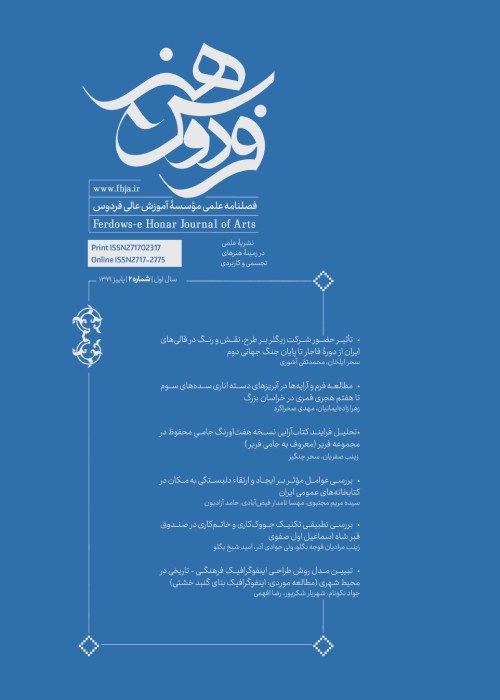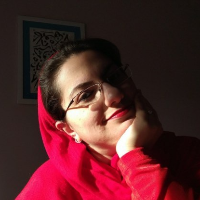Structural comparison between Iranian Naskh Script and Ottoman Naskh Script (by concentrating on transcription of the 30th part of the Quran by Ahmad Neyrizi, and Mohammad Shoqi Effendi)
Naskh script is one of the three main scripts in manuscripts transcription beside Kufic and Nasta’liq scripts which its transcription manner is different in countries, especially Iran and Ottoman. We know exactly that the usage of Kufic or Nasta’liq scripts are not more than six or seven centuries. So there are lots of manuscripts in all around the world written by Naskh script. But why? It is a good question. Naskh script is the most legible script among scripts so it has been used during the ages, from past to present, especially for writing the Quran and prayers. It is also used today as the most common script in printing newspapers and books besides The Quran and prayers. Since this script has been one of the most usable scripts for writing, it is necessary for specialist, researchers and codicologists to be able to recognize the Persian style from the Ottoman one, specially the beginners who are on the first steps and need more guides to be able to recognize. It is also essential for calligraphers to know the differences between these two types, so they can choose their favorite style and continue their learning in an especial manner. Knowing the artistic and aesthetics points within the calligraphers of two different civilizations, is also a main part in art history so it is good to complete the different parts of this huge puzzle called “World Art History” .On the other hand, as we know there are lots of manuscripts all around the world which do not have colophons so stylistics recognizing of these two styles is so useful for knowing the place and periods of transcription the manuscripts which do not have colophons or transcription dates in order to make all the indexes become complete. By searching and studying different sources, we understand that Habibollah Fazaeli was the first researcher who talked about the differences between these two styles, Ottoman and Persian Naskh. We can find some articles about Naskh script and Ahmad Neyrizi. Although some researches have been done in this field, no one has done any searches about the differences between Ottoman and Persian Naskh in a way to give audiences some practical clues. Even there is an article about “Persian Naskh in Safavid era” but there is no comparison. So we understand that the subject of this article is new and can help the script fans and teach them something new which is so practical in all levels, not only elementary calligraphers but also higher education researchers who are not calligraphers. In this article, after a short explanation about Naskh script, brief biographies of two calligraphers Ahmad Neyrizi and Mohammad Shoqi Effendi have been expressed. Ahmad Neyrizi was an Iranian calligraphy master in 16th</sup> A.D. but we do not know anything about his birth and death dates. Mohammad Shoqi Effendi was an Ottoman master calligrapher in18th A.D. Two images of each Quran are also given as the examples of each calligraphers' artworks for audiences. The Quran transcribed by Ahmad Neyrizi is kept in Library of Golestan Palace and the Shoqi Effendi’s Quran belongs to one of his posterities’ collection. After studying the Quran transcription style by these two great calligraphers, the main part of this research is to give some keys and determiners for recognizing the Persian and Ottoman Naskh from each other. Keys and determiners have been represented in different tables. In this research, the parts belonged to the features of Naskh script and also biographies, have been done in library way and by the help of different books in descriptive style and the analysis of the scripts and characteristics of them have been accomplished by the articles’ authors with the help of computer software in order to be exact. The obtained results of these studies which are also presented in different tables in order to be systematic and classified show that Naskh style differs from each other in Ottoman and Iran so calligraphers need to study the determiners given in this research in order to be able to recognize the differences. Although this research gives some useful keys and determiners, beginner specialists need exact and repeatedly visual studies in order to be predominant in this field and major.
- حق عضویت دریافتی صرف حمایت از نشریات عضو و نگهداری، تکمیل و توسعه مگیران میشود.
- پرداخت حق اشتراک و دانلود مقالات اجازه بازنشر آن در سایر رسانههای چاپی و دیجیتال را به کاربر نمیدهد.



